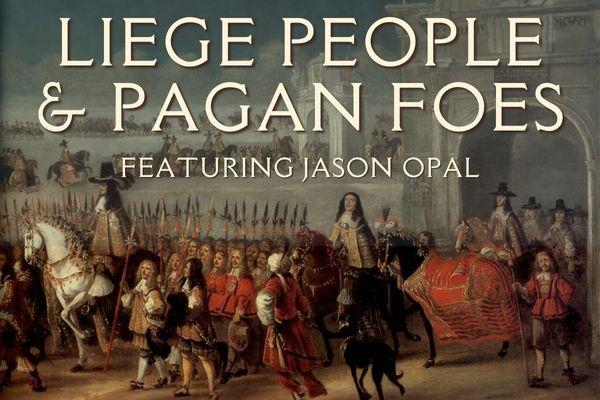
In the summer of 1675, shortly after the discovery of a major "design" by enslaved West Africans to seize control of the English colony of Barbados, some 8,000 men from the island held a combined muster of its infantry and cavalry units. This mighty host, which was comparable in size to the standing army of England itself, was primarily designed to terrify the island's majority Black workforce. Yet the "liege people" in arms, as they called themselves, also meant to silence the Quaker dissidents and Royal African Company officials who questioned the morality and legality of Barbados slavery. Indeed, large and semi-organized crowds would attack both Friends and RAC officials that autumn in a violent, and ultimately successful display of Barbadian patriotism.
This paper tries to make sense of that patriotism by exploring the military reorganization of the white and Christian population of Barbados from the 1640s to the 1660s. Especially after the Restoration, island leaders categorized Barbadian land as more English than American and called Irish, Scottish, and other European peoples to defend that ground from both external enemies and "African" slaves. By the late 1660s, however, this model of armed freedom relied on forms of human bondage and human trafficking that neither English nor Barbadian law could support. The continuation and reproduction of slavery on the island thus became a major point of controversy in the English empire—until a stunning series of events between 1675 and 1677 re-launched slavery both in Barbados and around the English Atlantic.
Jason Opal received his BA in History from Cornell University and his MA and PhD at Brandeis University, where he also studied under Prof. John L. Brooke. He is broadly interested in early American and US history, the history of colonialism and slavery, and historical epidemiology. In addition to two monographs and an edited collection, he has published articles in the Journal of American History, Studies in American Political Development, the Journal of the Early Republic, Bulletin d'histore politique, and Innate Immunity. More recently, he has written opeds on US history and constitutionalism and public health in the Los Angeles Times, The Boston Globe, The Chicago Tribune, and The Globe and Mail. From 2003 to 2009, he taught at Colby College, and from 2009 to 2024 he was Associate Professor and then Professor at McGill University, where he also served as Graduate Program Director, Department Chair, University Harassment Assessor, and Associate Dean for Graduate Studies. He just began his term as Dean and Director of the Ohio State University at Mansfield.
